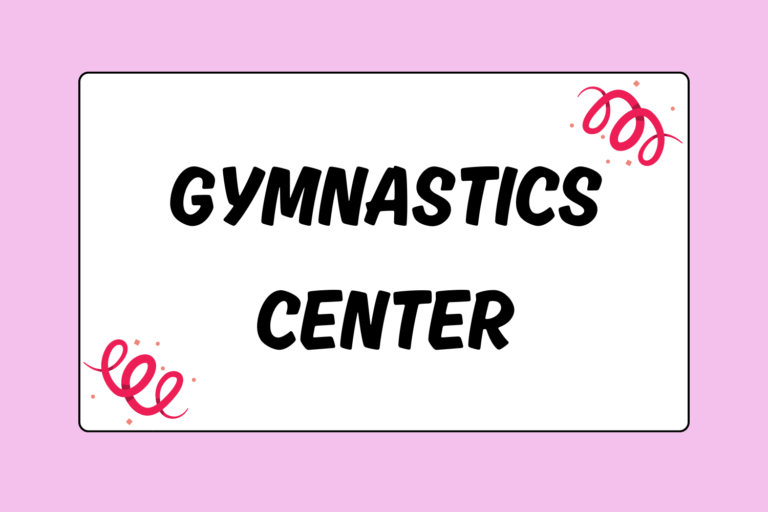The front flip in gymnastics combines a powerful takeoff with the ability to rotate quickly in the air. Also known as a front tuck or somi, this skill is used on almost every apparatus. This guide breaks down the approach, rotation, and proper landing position of the front flip.
Off to a Running Start
If you’re on the floor exercise, a running start is crucial for obtaining power. If you’re on the Tumble Track or trampoline, your coach may suggest that you jump with your feet together in preparation for the front flip.
Punch it Up
After four to five running steps, you’ll hurdle in preparation for takeoff. As you finish the hurdle, your arms will extend over your head and your body will straighten. You’ll land the hurdle on the balls of your feet and immediately punch, or set, into the air for your front flip.
Arm Yourself
Your arms will bend slightly behind your head as you punch, and then straighten quickly to help you initiate the flip. Imagine that you’re throwing a ball over your head. You’ll use the same arm motions, as well as the same force.
Rise & Rotate
When your feet leave the ground, your hips will begin to rise over your head. At this point, tuck your knees to your chest. A tight tuck position accelerates the speed of the flip.
It’s tempting to rush the flip. But if you do, you’re certain to cannonball straight to the ground. Practicing your flip on the trampoline or off of the springboard helps you get used to the feeling of rising into the air.
Hot Tip: Control the Hips
A common temptation is to reach your arms in front of you, toward the floor or trampoline. However, this lean causes your body to pike at the hips, thus cutting your takeoff short. Think of punching with your toes in front of your body, hips open. Remain as tall as possible.
Keep Your Eyes Peeled
Just like with all other aerial skills in gymnastics, you need to be aware of what your body is doing at all times during the flip. When you initiate your takeoff, focus on a spot on the wall ahead of you. Make sure that your head is neutral. Watch this spot for as long as possible as you begin the flip.
As you complete the rotation, immediately look for this spot again. When you find your focal point, you’ll know that you’ve finished the flip and that it’s time to land.
Finish on Your Feet
Come out of your tuck and straighten your body so you can prepare to land upright. While you don’t want to land in a deep squat, your legs should bend enough to absorb the shock of landing. Your arms should finish in front of you, parallel to the ground, while your head remains neutral.
Mental Edge
When you’re learning a front flip, you’re going to fall — a lot. In order to cushion your fall, it might seem natural to keep your hands to yours sides or behind you body. Avoid this temptation! Falling with your hands hitting the ground simultaneously can lead to a wrist or elbow injury. No matter your landing position, make sure your hands are always in front of you and off of the ground.
The Front Flip…and Beyond
The front flip is featured in some form on every apparatus, besides pommel horse. Here are just a few examples:
- Front handspring connected to a front tuck, pike, or layout.
- Front tuck, pike, or layout with a half, full, one-and-a-half, or double twist.
- Double front tuck, performed as a dismount or as a tumbling pass.
Drills & Additional Practice
Your coach may set up the following drills as you perfect the front flip:
- Flipping onto a mat or elevated surface to encourage a proper punch and set.
- Flipping over a mat or elevated surface (and landing on a mat, of course!).
- Mastering the dive roll, which mimics the front flip but uses the hands, shoulders, and back to land.
Sticking It
The front flip is an important building block to advanced skills on nearly all of the gymnastics events. When performed safely, it’s an impressive skill that combines power, speed, and body awareness. Now that you’re familiar with the techniques outlined in this guide, you and your coach can work toward front-flip success.





